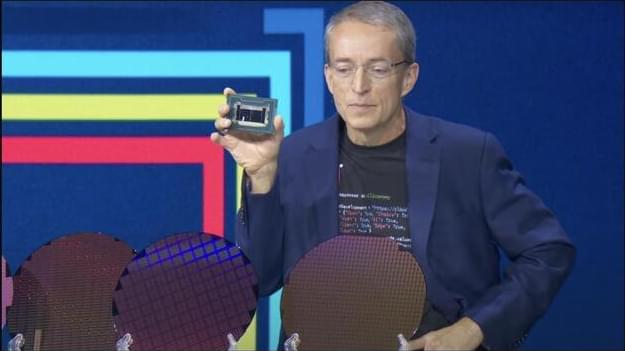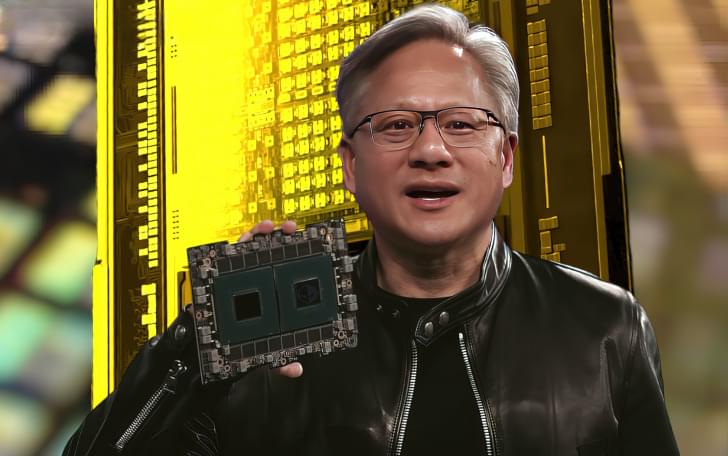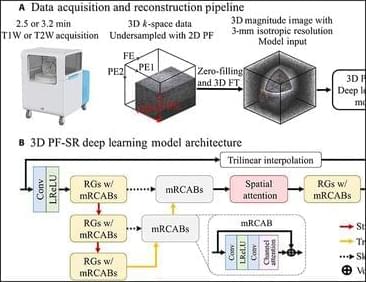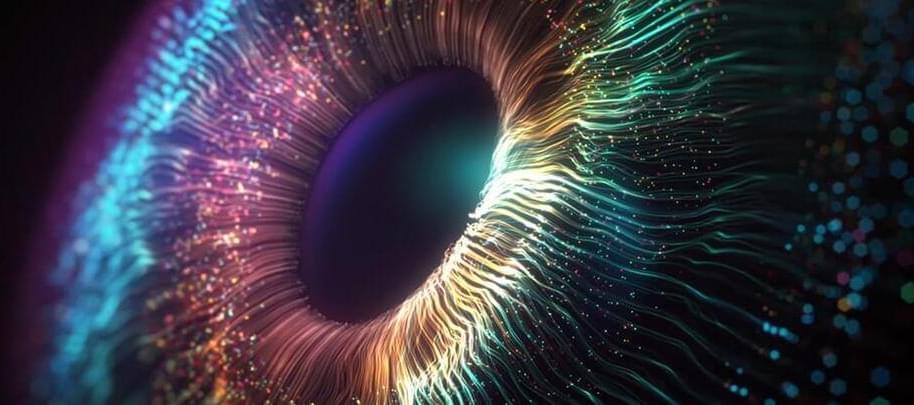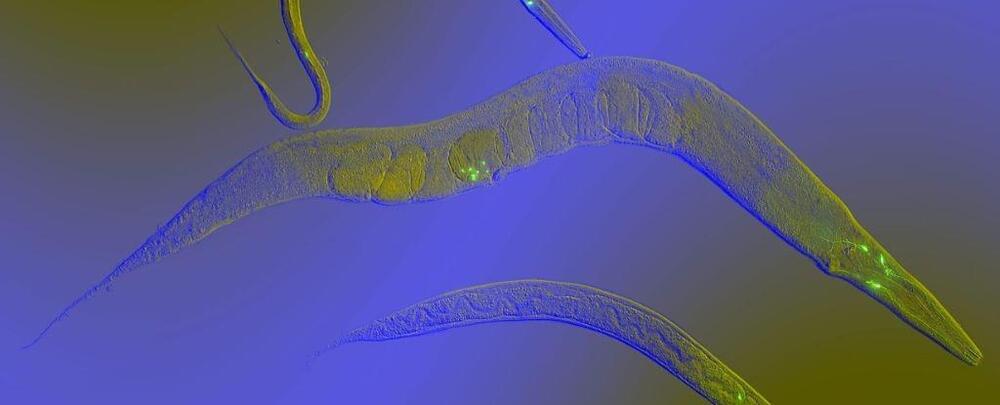The multi-core behemoth uses two chiplets, doubling the previously revealed core capacity for this 2024 CPU.
13K likes, — climate.connects on August 3, 2023: “That sounds so real… so true… what do you think? #climateconnects #climate #climatechange #cl…”
Billionaire Bill Ackman would be interested in pursuing a deal with Elon Musk-owned X Corp. as part of a new investment vehicle, the Wall Street Journal reported.
NVIDIA “Huang’s Law” is the primary catalyst for driving chip performance and efficiency to over 1000x in less than a decade. For NVIDIA, Huang’s Law is the fundamental approach that moves beyond traditional chip speedup fundamentals such as Moore’s Law which had dominated the tech industry in the past.
Huang’s Law To Dominate The Future For NVIDIA, Chip Shrinking In No Way Defines The Increment in Performance
NVIDIA’s CEO Jensen Huang has expressed multiple times that Moore’s Law is “slowing down,” and the concept it is backed with is starting to get outdated. The argument became heated, especially after Jensen’s GTC 2023 keynote. If we look at what Moore’s Law is, it is related to the number of transistors on a microchip and how it “should” double every year.
Last week, Unity rolled out a new look version of its controversial Runtime Fee in the wake of a seismic backlash from developers who felt the original policy represented an egregious act of betrayal for a myriad of reasons.
While plenty of fury was aimed at how the fee might impact developers’ finances, some of that anger stemmed from Unity’s inability to effectively communicate its new policy and provide clear answers to pertinent questions.
The dust is now supposedly settled, but here’s one more thing: why doesn’t Unity’s explanation for its shifting answers about the Runtime Fee in relation to subscription services hold up to scrutiny?
Elon Musk, the owner of X (formerly known as Twitter) called for more people to record what is happening in the world around them, saying it would “change the world.”
Musk has been a strong advocate for free speech; prior to buying Twitter, he tweeted, “Free speech is essential to a functioning democracy. Do you believe Twitter rigorously adheres to this principle? The consequences of this poll will be important. Please vote carefully.”
CERN’s data store has now crossed the remarkable capacity threshold of one exabyte, meaning that CERN has one million terabytes of disk space ready for data!
CERN’s data store not only serves LHC physics data, but also the whole spectrum of experiments and services needing online data management. This data capacity is provided using 111 000 devices, predominantly hard disks along with an increasing fraction of flash drives. Having such a large number of commodity devices means that component failures are common, so the store is built to be resilient, using different data replication methods. These disks, most of which are used to store physics data, are orchestrated by CERN’s open-source software solution, EOS, which was created to meet the LHC’s extreme computing requirements.
“We reached this new all-time record for CERN’s storage infrastructure after capacity extensions for the upcoming LHC heavy-ion run,” explains Andreas Peters, EOS project leader. “It is not just a celebration of data capacity, it is also a performance achievement, thanks to the reading rate of the combined data store crossing, for the first time, the one terabyte per second (1 TB/s) threshold.”
Large-scale 3T MRI data enables fast whole-brain scanning at 0.055T via deep learning super-resolution and image reconstruction.
Science is hard. The science of consciousness is particularly hard, beset with philosophical difficulties and a scarcity of experimental data.
So in June, when the results of a head-to-head experimental contest between two rival theories were announced at the 26th annual meeting of the Association for the Scientific Study of Consciousness in New York City, they were met with some fanfare.
The results were inconclusive, with some favoring “integrated information theory” and others lending weight to the “global workspace theory”. The outcome was covered in both Science and Nature, as well as larger outlets including the New York Times and The Economist.
Incredible though it may seem, a wriggly roundworm with no eyes, no spine, and no brain to speak of may still possess the most basic of animal emotions.
In recent research, the nematode, Caenorhabditis elegans, has shown a persistent negative reaction when given a quick electric zap. For many minutes after receiving the short and sharp shock, this species continued to ‘flee’ at high speeds in the laboratory.
Researchers from Nagoya City University in Japan and Northeastern University in the US say that the long-lasting response, which looks like the worm ‘running’ away, is indicative of a fear-like brain state.
